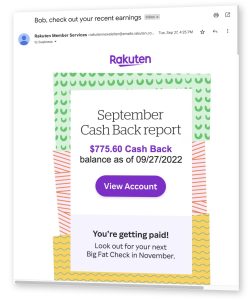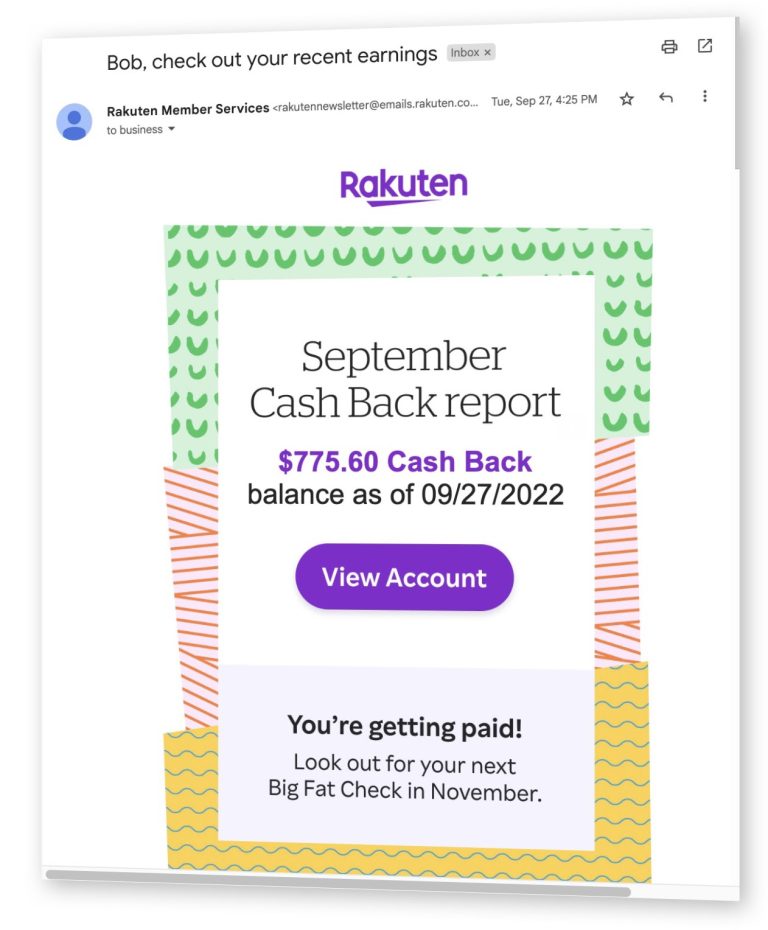The United States policy on maternity leave can be a touchy subject among families, and especially women. Unlike all other wealthy countries, many of which mandate weeks and months of paid leave for natural and adoptive mothers and fathers, the U.S. mandates no such thing.
In fact, the last movement toward maternity fairness in the U.S., the Family and Medical Leave Act of 1993 (FMLA), included a provision mandating 12 weeks of unpaid leave annually for mothers of newborn or newly adopted children. Twelve weeks doesn’t sound so bad, but that unpaid part can sure sting.
Bundle of bills?
We all know that babies are expensive, but it isn’t just the cost of diapers that adds up. It’s also the cost of maternity business attire while you continue to work, your health insurance deductible for the delivery, the cost of bottles and formula, and the crippling bills associated with quality healthcare once that baby is born. When you consider all of those expenses together, it becomes quite clear how easily having a baby can end up being a four- or five-figure investment.
And here’s the kicker — all of these costs are borne by women and families at a time when they are simultaneously expected to live on no pay or partial pay.
As a woman who has worked hard to pay her own way through life, I wholeheartedly believe that the country I love is way off track in this respect. As Americans, shouldn’t we be supporting families in every way we can?
And why do we insist on punishing women who are out in the workforce, trying to provide for their families?
How to know how much to save for maternity leave
Fair or not, that is just the way it is — at least for now. I suppose I was lucky. Even though I worked for a small employer who wasn’t required to offer paid leave, or even to hold my job for me, at least I was paid something during the 10 weeks I took off after each pregnancy. (Six weeks at half-pay to be exact, which wasn’t nearly enough since I had a cesarean section with both kids.) Here’s how I figured out how much to save, and how I went about building my maternity nest egg:
Step 1: Figure out how much you will owe at the hospital
Each time I had a baby, I owed somewhere in the ballpark of $4,000 for the hospital, doctor fees, and delivery. That was a huge sum to save, but it helped that I started saving early. And believe me, it was a huge relief to come home from the hospital with the money for delivery already in the bank.
No matter what your deductible is, consider saving for it as soon as you can. If you have a tax-advantaged health savings account, or HSA, you can even stash up to $6,650 for your family per year. If you can start saving early enough, and if your deductible is low enough, you could easily have enough money saved before your baby is born.
Step 2: Figure out how much you need to replace your income
In my case, I received six weeks of half-pay from work. However, I decided to take off a full 10 weeks in order to enjoy some extra recovery time. That meant that I needed to save six weeks of half-pay and a full month of my salary for maternity leave. Since I had to save this in addition to my $4,000 deductible, I felt instantly overwhelmed each time.
Fair or unfair, it does help to start saving early. In both cases, we were able to start stashing money away in our short-term savings account even before we got pregnant. Once you figure out how much income you need to replace, start saving as quickly as you can. Even if it’s just an extra $50 or $100 you can stash away each month, it will help when the time comes.
Step 3: Decide how much to save for baby
There is nothing as wonderful as arriving home from the hospital with a new baby. However, there are certain costs associated with new baby care that are often overlooked and are, consequently, left unplanned. When you are figuring out how much to save for maternity leave, you can’t forget about all the extras involved with small baby care at the beginning.
Those extra expenses can include things like specialty doctor visits, diapers or formula for sensitive skin or stomachs, gentle baby soap and laundry detergent, a breast pump, and bottles. You never know when your baby will wind up with an expensive allergy or medical condition, but it helps to plan for the unknown. And although these costs can vary greatly, having additional savings to lean on is never a bad thing.
Step 4: Make the most out of gifts and showers
When you are pregnant with your first (and sometimes your second) child, it seems like everyone wants to shower you with gifts. And while this might be your chance to get all the fancy baby gear you can’t really afford, this is also your chance to make some practical decisions that could save you money in the long run.
You might be asked to register for your baby shower at a store like Babies ‘R Us or Target. If you are, you have the perfect opportunity to steer your family away from $40 dresses and toward the practical gifts you can use over and over again. Things like diapers, wipes, and nursery essentials are practical and smart items to suggest. A good breast pump, some high quality bottles, and baby bath care items are other great options.
Saving for maternity leave … while we wait
As the mother of two young daughters, I sincerely hope that maternity laws are changed to ensure fairness among all parents in the very near future. After all, society has a lot to gain from making sure that women who work aren’t punished for having families.
But in the meantime, it’s all on us to save for our babies and for the future. So start saving now and don’t stop until you’ve got enough money tucked away to make it work. It may not be fair, but it is definitely worth it.
How did you save for maternity leave? How did you decide how much to save? Did you start saving early, or did you wait until you got pregnant?
![]()
SOURCE: Get Rich Slowly – Personal Finance That Makes Sense. – Read entire story here.






















